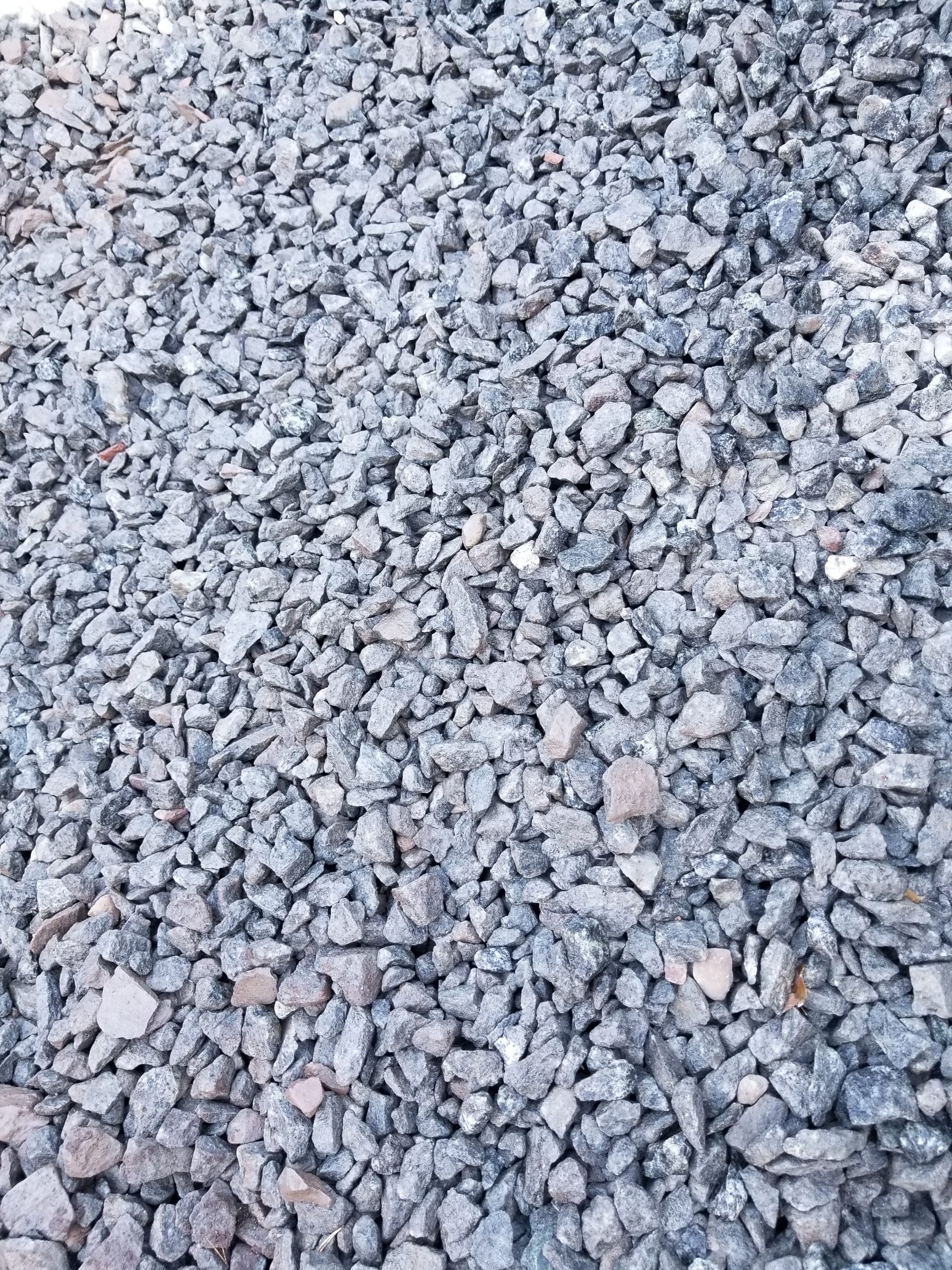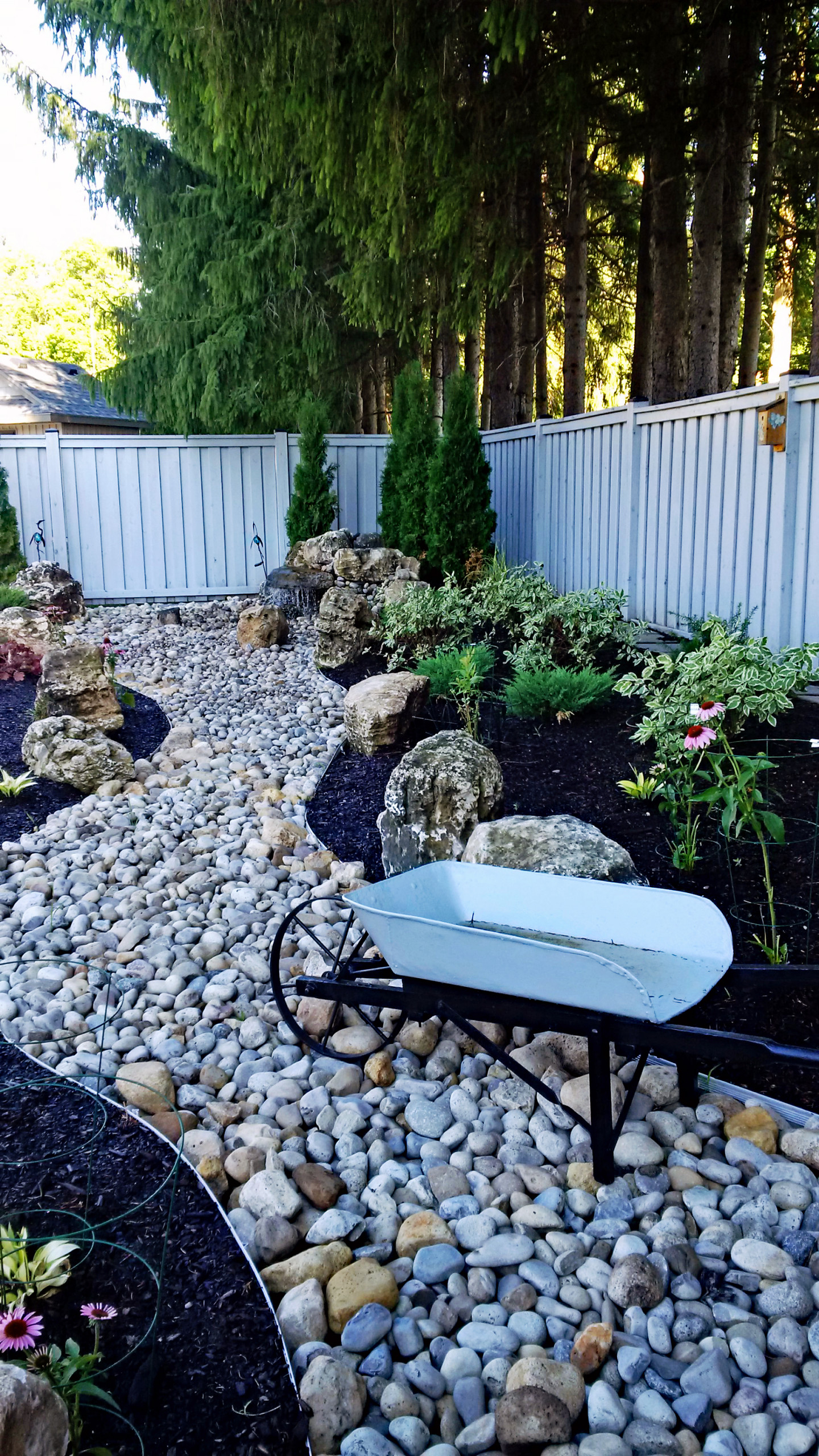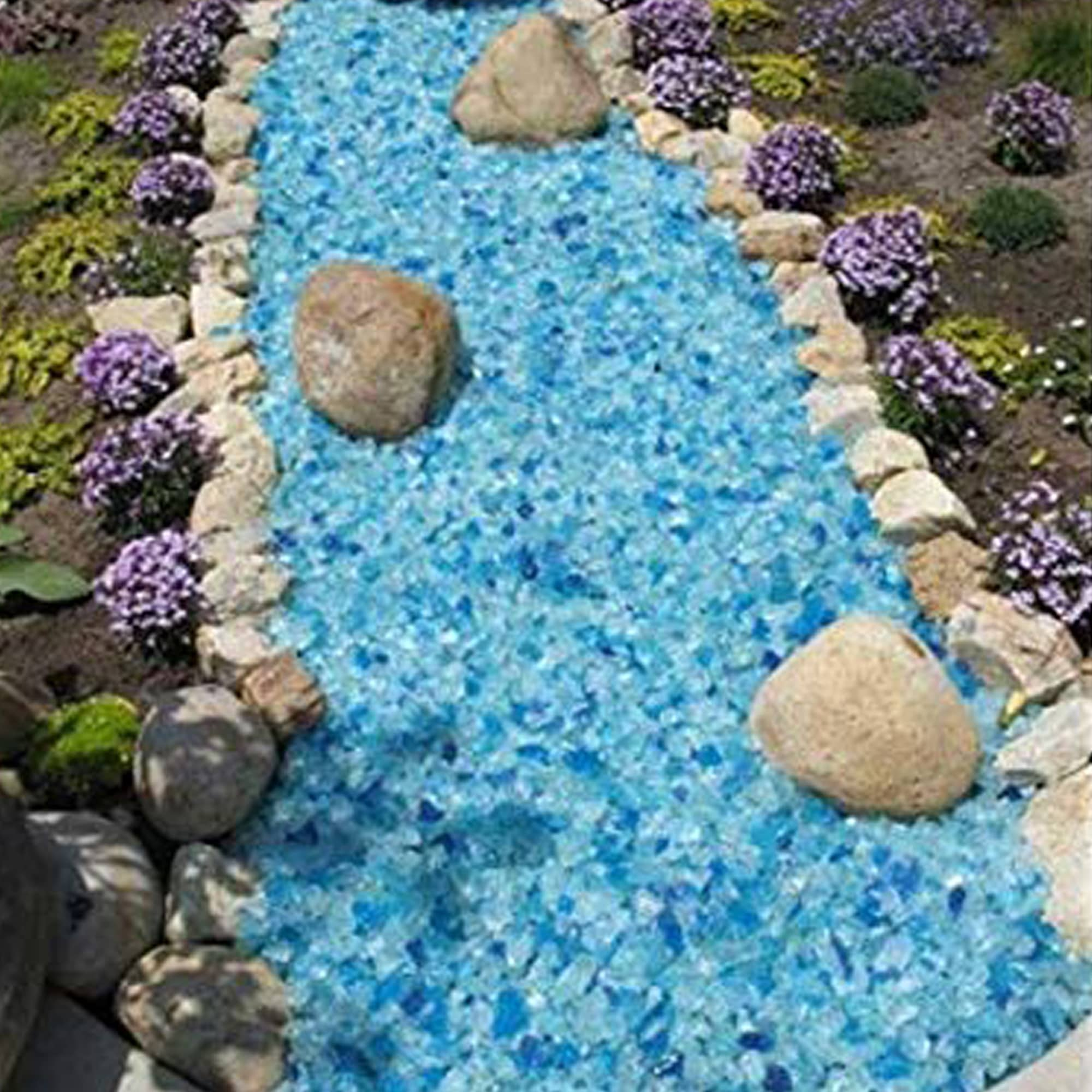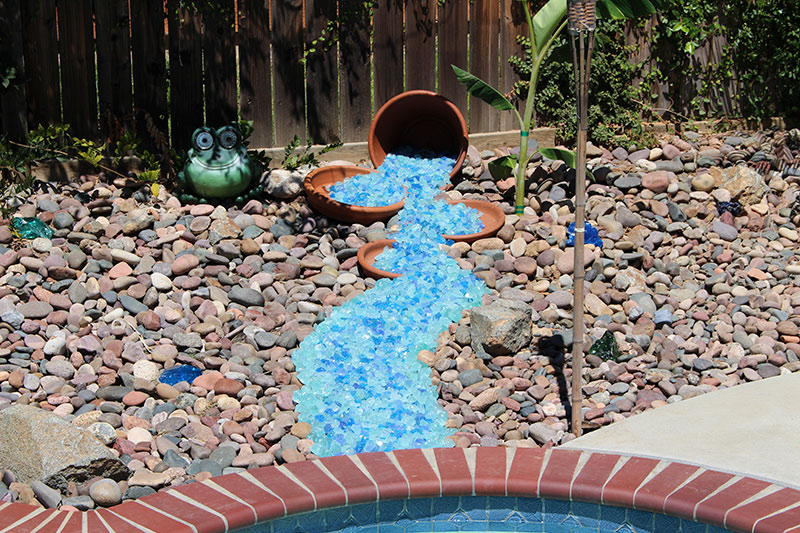Decorative rocks can add a splash of color and elegance to your landscape. Among these, blue decorative rocks stand out for their unique aesthetic appeal. Whether you are redecorating your garden, creating a decorative pathway, or enhancing your indoor space, blue decorative rocks offer versatility and beauty. In this guide, we’ll explore everything you need to know about blue decorative rocks, their types, uses, pros and cons, maintenance tips, and frequently asked questions.
What are Blue Decorative Rocks?
Blue decorative rocks are naturally occurring stones or man-made products that are used primarily for landscaping, gardening, and interior decoration. Their unique blue hues can range from bright azure to deep navy, allowing for various aesthetic applications.
Types of Blue Decorative Rocks
When choosing blue decorative rocks, it’s essential to understand the different types available. Here’s a closer look:
1. Natural Stone
Natural blue stones, such as Blue Granite or Blue Slate, are quarried from the earth and can vary in size, texture, and color intensity.
Examples of Natural Blue Stones:
- Blue Granite: Known for its speckled appearance and durability.
- Blue Slate: Features a smooth surface that is perfect for pathways or patios.
2. Man-Made Rocks
Man-made decorative rocks, such as colored gravel or glass stones, can be designed to mimic natural stones but often offer more vibrant colors and consistent sizing.
Examples of Man-Made Blue Rocks:
- Blue Glass Pebbles: Great for indoor decorations or aquariums.
- Blue Crushed Rock: Ideal for driveways or walkways.
Uses for Blue Decorative Rocks
The applications for blue decorative rocks are virtually limitless, and they can enhance both indoor and outdoor spaces.
1. Landscaping
Blue decorative rocks can be used in landscaping projects to create visually appealing designs. They can serve as ground cover, in rock gardens, or as accents around plants.

2. Pathways and Patios
Create stunning pathways or patios using blue stones for a serene atmosphere. Their unique color can complement green landscapes beautifully.
3. Indoor Decoration
Incorporate blue decorative rocks into your home decor. Use them in vases, aquariums, or as part of tabletop displays.

4. Water Features
Blue rocks can enhance the aesthetics of water features such as fountains and ponds, giving a cohesive look that resonates with the blues of water.
Choosing the Right Blue Decorative Rocks
When selecting blue decorative rocks, consider the following factors:

1. Purpose
Determine where and how you intend to use the rocks. This will influence the type, size, and texture you choose.
2. Color Variations
Look for color variations that can create depth and interest in your design.

3. Size and Shape
Choose appropriate sizes and shapes for your project. Larger rocks can create focal points, while smaller stones can fill gaps.
Comparison Table of Blue Decorative Rocks
| Type | Color Variations | Size | Common Uses | Price Range |
|---|---|---|---|---|
| Blue Granite | Varies from light to dark blue | 1″ to 3″ | Pathways, walls | $150 – $300 per ton |
| Blue Slate | Dark blue with purple tones | 0.5″ to 6″ | Patios, decorative mulch | $100 – $250 per ton |
| Blue Glass Pebbles | Bright azure | 1/4″ to 1″ | Indoor decor, aquariums | $2 – $4 per lb |
| Blue Crushed Rock | Deep navy | 1″ to 4″ | Driveways, walkways | $100 – $200 per ton |

Pros and Cons of Blue Decorative Rocks
Pros
- Aesthetically Pleasing: Adds a unique color to your landscape.
- Low Maintenance: Requires little upkeep compared to plants.
- Durability: Many types are resistant to weathering and last a long time.
Cons
- Heat Retention: Stones can heat up in direct sunlight, which may be uncomfortable for bare feet.
- Initial Cost: Some stones can be expensive upfront.
- Weed Growth: Without proper barriers, weeds can grow through the rocks.

Maintaining Blue Decorative Rocks
Proper maintenance will ensure your blue decorative rocks continue to look their best. Here are some tips:
1. Regular Cleaning
Periodically clean the rocks to remove dust and debris. Using a simple garden hose can often do the trick.

2. Weed Control
Implement landscaping fabric below the rocks to prevent weed growth. Regularly inspect and remove any weeds that do appear.
3. Reseeding and Replacing
Over time, some stones might need to be replaced due to wear or color fading. Keep a small supply on hand for quick touch-ups.
Personal Experience: My Journey with Blue Decorative Rocks
When I first moved into my home, I was overwhelmed by the blank canvas that was my backyard. After doing some research, I stumbled upon the idea of using blue decorative rocks. I decided on blue granite for my patio area, and it transformed the space in ways I could have only dreamed of. The contrast with the green grass was stunning, and it quickly became a gathering spot for friends and family.
Over the years, I expanded my use of blue decorative rocks to a small path leading to my garden. I chose blue glass pebbles for their vibrant color and smooth texture, and they added a beautiful touch. The added bonus? They are low maintenance and look great year-round!
Frequently Asked Questions (FAQs)
1. Are blue decorative rocks expensive?
The cost varies depending on the type of rocks you choose. Natural stones like blue granite can be more expensive than man-made options like glass pebbles.
2. Can I use blue decorative rocks for indoor decorations?
Absolutely! Blue decorative rocks work beautifully in vases, centerpieces, or even as fillers in aquariums.
3. How do I prevent weeds when using decorative rocks?
Installing landscaping fabric underneath the rocks can help prevent weed growth. Regular maintenance is also essential.
4. What types of plants go well with blue decorative rocks?
Plants with contrasting colors, such as yellow or white flowers, can create a stunning visual effect against blue rocks.
5. Can blue decorative rocks be used for driveways?
Yes, blue crushed rock is a popular choice for driveways. It provides an attractive and durable surface.
Conclusion
Blue decorative rocks present an incredible opportunity to enhance your outdoor and indoor spaces with their vibrant colors and unique textures. Whether you choose natural stones or man-made options, they can transform a mundane area into a visually stunning masterpiece. By understanding the types, uses, pros and cons, and maintenance tips, you’re well on your way to making a confident decision. If you are thinking about refreshing your space, consider incorporating blue decorative rocks into your design. You might just fall in love with your new look!